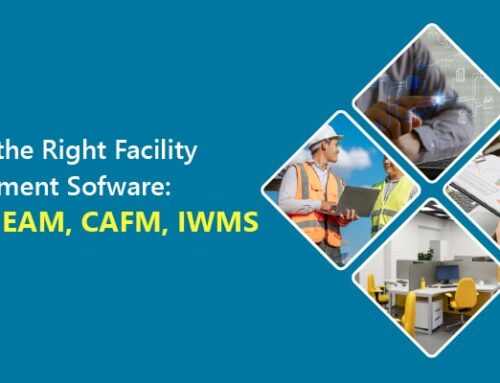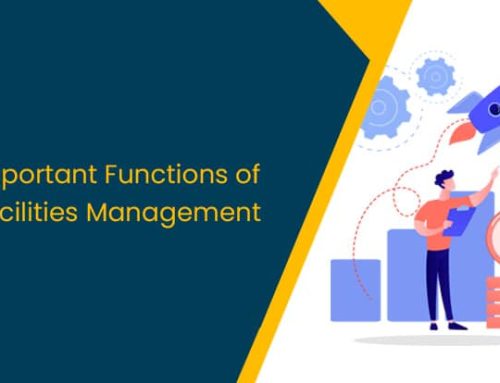Employee attrition levels are increasing, costing organizations more than ever. Attrition rates are calculated based on the total number of employees, the number of people leaving, and the number of people hired at any given time.
What is meant by attrition rate?
For example, a company with 100 employees has 18 people leaving and ten joining simultaneously. In this scenario, the attrition percentage is 18%, calculated by dividing the number of employee departures by the average number of employees and multiplying the quotient by 100.
There has been an increase in attrition rates in recent years due to the COVID-19 pandemic. The Great Resignation, or the sharp increase in the number of employees voluntarily quitting their jobs between 2020 and 2021, has affected large and small companies alike. But the reactions were contrary to industry expectations: Whereas the companies expected employees to stick on, considering job security, the employees surprised them by choosing to quit voluntarily, maybe because of the fear factor caused by the pandemic, and due to financial reasons (getting better offers).
Employee Retention Strategies for 2023
Today, employees are more concerned about their well-being and maintaining work-life balance. Did you know that 69% of employees feel well-being is much more valuable than a high-paying job? And 51% value well-being more than a salary increase a job change offers. Companies should take the cue and provide their employees access to health & well-being apps to help them monitor their physical activity, nutrition, and critical environmental parameters. Such gestures are one of the best employee retention strategies that work to employers’ advantage. Undoubtedly, 2023 calls for strong measures to promote employee retention, as the workforce is the pillar of an organization.
Why do Employees quit?
As mentioned above, The Great Resignation, also known as the Great Reshuffle, or the Big Quit, refers to employees quitting voluntarily.
Some reasons why they quit include:
- No clarity in the job role
- Efforts unappreciated and going unrecognized
- Not happy with the increments
- No foreseeable career advancement
- Frequent burnouts due to overwork
- Lack of a good company culture
Employers must realize that their employees are their greatest asset. To retain exceptional talent, management must introspect to check where they fall short. Once acceptance happens, action will follow.
Here are seven strategies to help with your talent retention efforts:
1. Provide an unforgettable onboarding experience
The first experience is always the best. Employees should be given an exceptional onboarding experience because research studies indicate that 69% of employees receiving a positive onboarding experience are more likely to stick around for the next three years.
Onboarding should impart company culture and how employees can contribute their bit. Managers should help break the ice by being supportive during the onboarding process. Employees witnessing a memorable experience during onboarding are more likely to continue than those who don’t get such an experience.
A survey report indicates that a positive onboarding experience sets the right atmosphere for new hires and is a determining factor in whether the new hires will continue in the company for a long time.
2. Recognize Employee Efforts and Reward
People who perform by putting in extra effort expect to be appreciated. Reciprocating by showing your appreciation helps build a healthy relationship with the employees. A research paper published by social psychologists Grant A. M., & Gino F indicates that gratitude expressions enhance prosocial behavior. Another research study indicates that 82% of employees prefer to look for alternative jobs when there is a lack of recognition for their initiatives. Employee engagement relies on employee recognition, without which a worker feels let down, undervalued, unappreciated, and unmotivated. Recognition need not be shown monetarily always; however, giving additional paid time off as an extra benefit for a job well done is highly appreciated.
3. Offer Good Career Growth Prospects
No one likes to remain in the same position in your company for years. Promoting employees from within instead of hiring outsiders for supervisory positions helps with better employee retention. Most job seekers are eager to know about the growth opportunities in an organization before joining. Once they join, they expect to move up within a couple of years.
A research article by Indeed indicates that deserving employees who don’t get promoted within a couple of years start looking for greener pastures. As a diligent employer, you must focus on the growth, training, and development of your employees if you expect them to grow with the organization. Remember that it costs you 50 to 60% of the existing employees’ salary to find a replacement.
Industry leaders should take it as a priority task to upskill employees to keep them updated with emerging technologies. Training and Skill Upgrades are key for retaining people, and the eFACiLiTY® HRMS Training Management system can help in planning and executing training programs yearlong at all levels.
Employees who upskill through sponsored training programs gain new skills and competencies and show gratitude by working harder and performing better.
4. Taking Employee wellness and well-being into consideration
Supporting your employees’ physical, mental, and financial health is good for the business. In addition to stress management programs, companies must strive to provide nutritious food at the office cafeteria. Today, advanced cafeteria management systems help streamline cafeteria operations, enabling such software helps you to automate meal order processing and display daily menus with nutrient & calorific values and allergens in the food served. Such vital information helps the employees choose a balanced meal, enhancing their health and well-being.
You can also motivate & inspire your employees by publishing training sessions and webinars focusing on human health and wellness. Participating in such activities lets your employees assess their current health status and learn how to mitigate issues in key risk areas, including general health, anxiety and stress, physical fitness, etc.
Post-COVID, companies have been spending heavily to create a healthy office environment. Also, an increasing awareness about the poor Air Quality Index (AQI) in most cities, where air pollution has reached alarming levels, and there is a rising concern. One of the best ways to tackle such issues is to use an occupant health and well-being app that helps prevent damage to the health, thinking ability, and productivity of employees by monitoring indoor/outdoor air quality across zones and alerting them when the air quality deteriorates in their current location. Maintaining a high-quality indoor environment can enhance your employees’ well-being and help reduce attrition rates considerably.
5. Promoting a healthy work-life balance
Work-life balance is all about how an employee manages professional and personal responsibilities by setting aside enough time for rest and leisure. Today, prospective employees check reviews on Glassdoor to learn about the work-life balance before accepting an offer. Negative reviews often deter prospective candidates, who promptly turn down offers even if they are monetarily attractive.
It is one of the top needs for companies today to ensure their employees have a healthy work-life balance. The post-pandemic scenario will witness many people returning to work, including freshers, and unless companies take steps to create a healthy work-life balance, it will be challenging to attract fresh talent or control the attrition levels of current employees.
Before the pandemic struck, people used to work extended hours. Surprisingly, statistics indicate that 48% of Americans believe they are workaholics. A shocking 77% reported that they experienced burnout symptoms in their current jobs. However, post-pandemic, things have changed, and most employers encourage their employees to stick to scheduled shifts. Extended hours are recommended only when deadlines are likely to be missed.
6. Providing encouraging feedback
Employees expect encouraging feedback, especially when their performance is good. Instead of waiting for a whole year to give performance appraisals, employers can give a word of encouragement for each milestone crossed, and expectations exceeded. Positive feedback helps keep employees motivated and full of enthusiasm.
Some examples of encouraging feedback:
- You did a great job in delivering this project on time, keep it up!
- We are highly impressed with your efforts in meeting all the goals set
- We noticed that you are consistent, which is a remarkable trait in you
- Your presentation was perfect, great effort!
- Congrats to you and your team for completing this project successfully
Positive feedback encourages employees to do better. Employees like being singled out and recognized, although they are part of a team. Employees who are appreciated for the efforts they put in will remain in the company for a long time.
7. Be willing to accept feedback from employees
Feedback can be mutual, and it is good for companies to accept feedback from employees and take it in their stride. Such broadmindedness can enhance employee engagement and help with employee retention. Your employees must always feel comfortable sharing their thoughts and offering suggestions.
Some ways to welcome feedback:
- Conduct employee surveys at regular intervals
- Present employee engagement surveys
- Conduct pulse reviews (a regular set of questions to get employees’ views)
- Place employee suggestion boxes in the office to invite suggestions
Getting feedback from your employees regularly helps enhance their experience at the workplace. The management must act on meaningful feedback. However, the sad truth is that although 60% of employees reported giving feedback, only 30% reported their company acted on the feedback.
Conclusion
Employee retention has several benefits. Besides gaining employee loyalty, companies can save on hiring costs, maintain a highly skilled workforce, have low attrition rates, and build a positive company culture, and a healthy brand reputation. The mindset needs to shift from a company-first to an employee-first approach. eFACiLiTY® endeavors to help organizations in their objective of improving the health and well-being of their employees by providing solutions with its advanced occupant health and well-being app.













